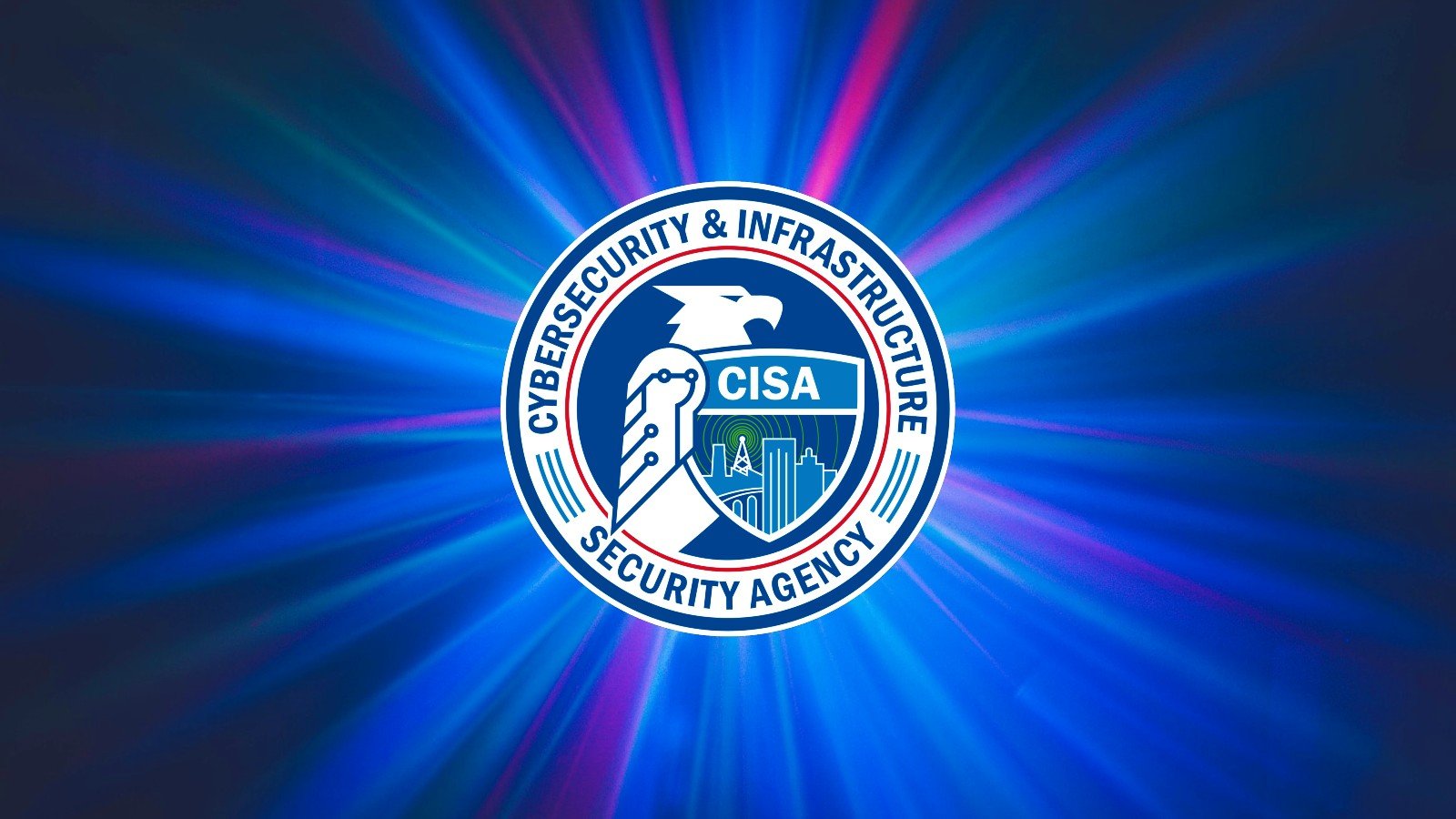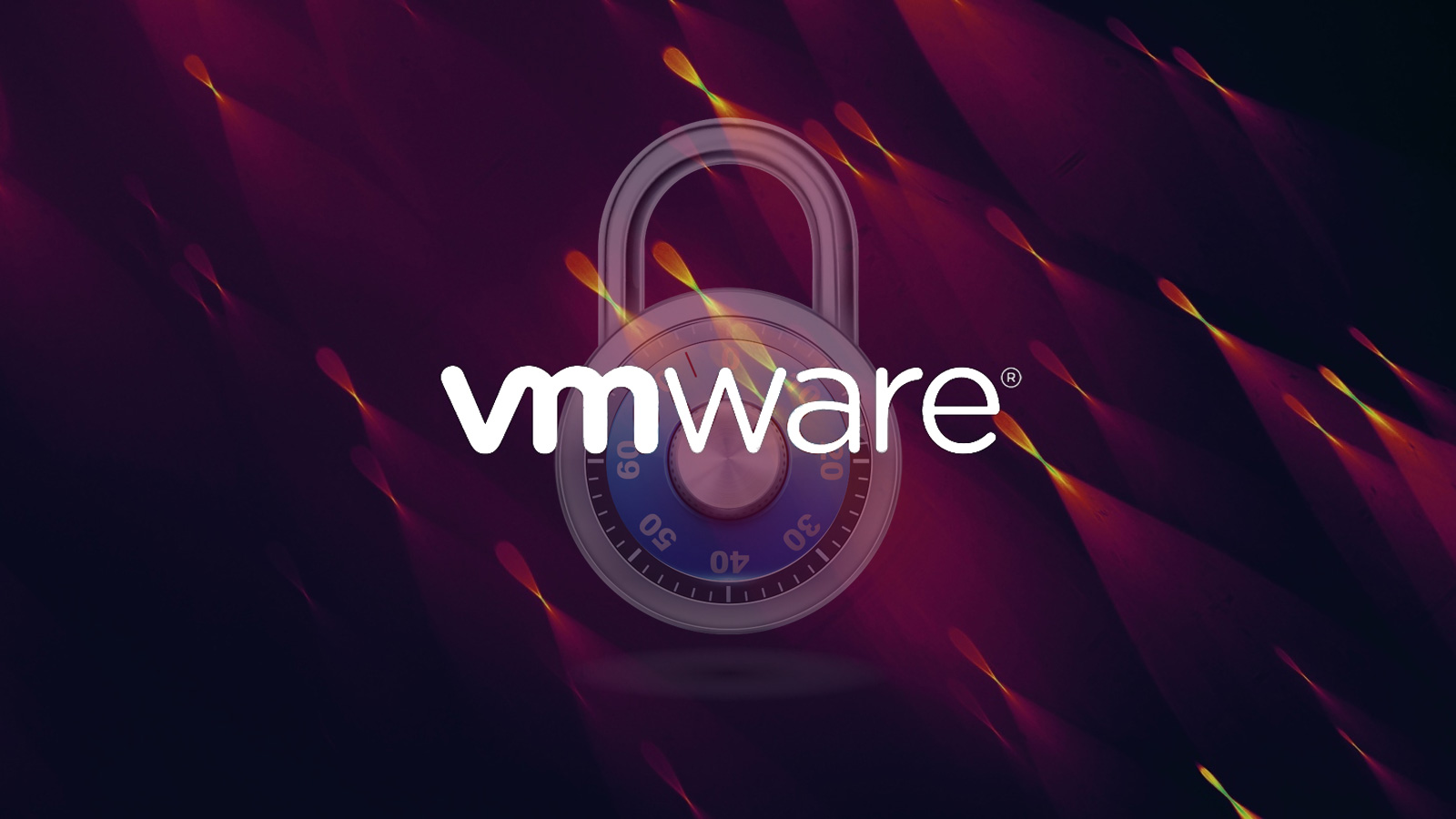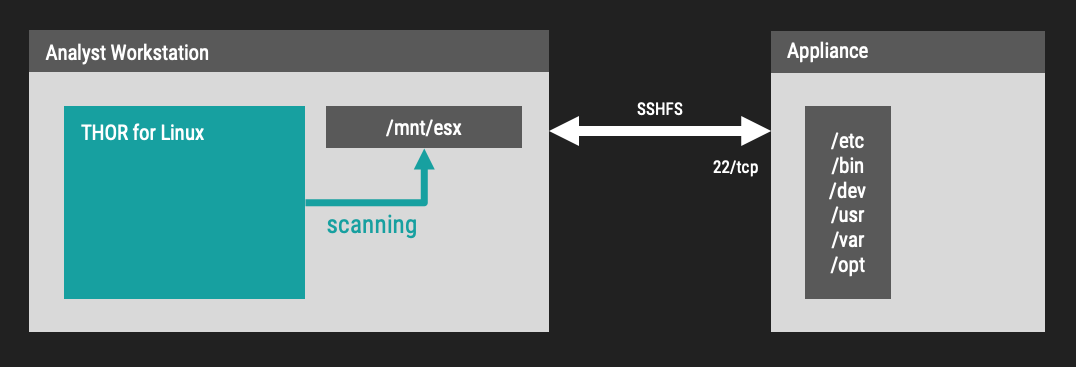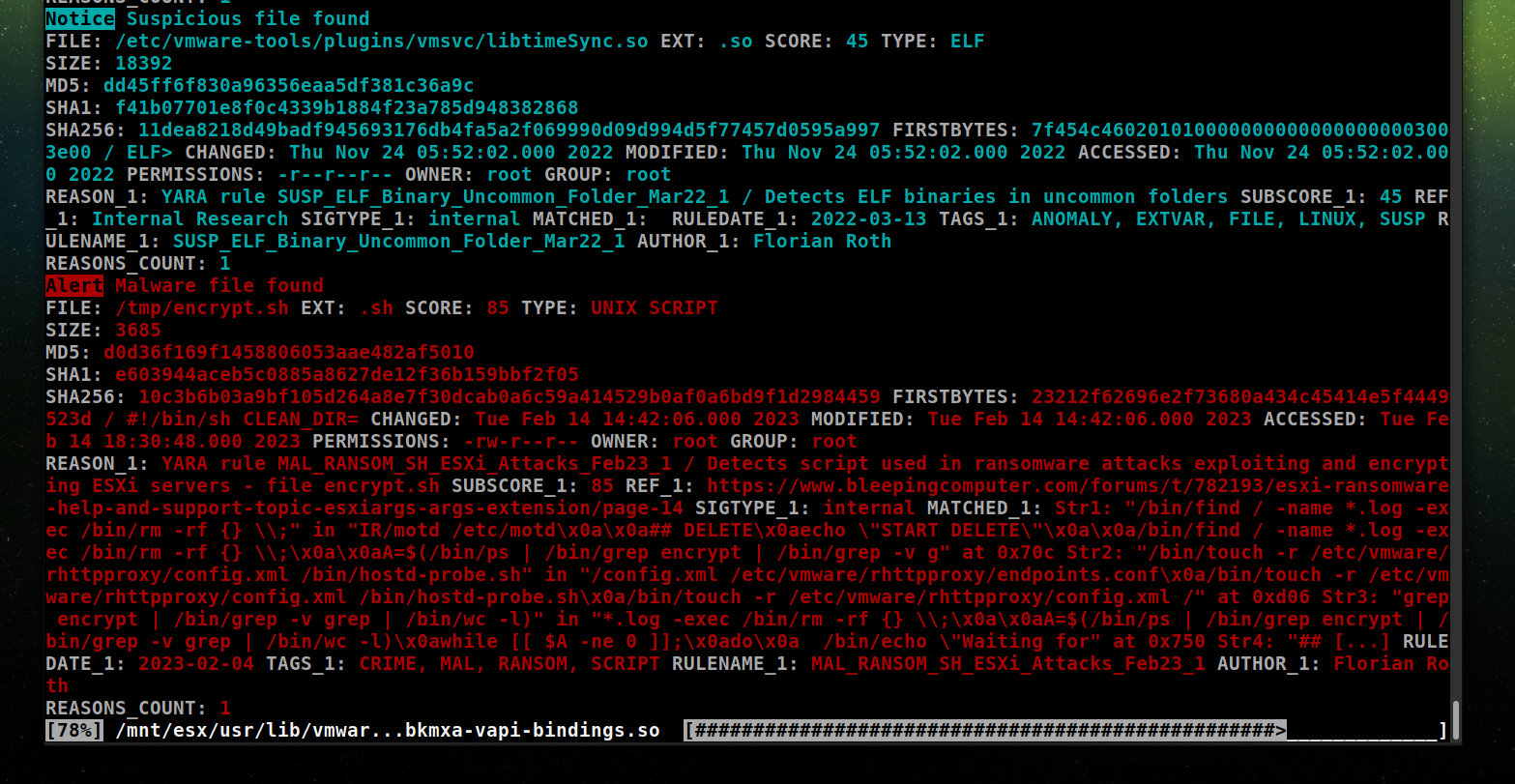Cybercriminals are actively exploiting a two-year-old VMware vulnerability as part of a ransomware campaign targeting thousands of organizations worldwide.
Reports emerged over the weekend that VMware ESXi servers left vulnerable and unpatched against a remotely exploitable bug from 2021 were compromised and scrambled by a ransomware variant dubbed “ESXiArgs.” ESXi is VMware’s hypervisor, a technology that allows organizations to host several virtualized computers running multiple operating systems on a single physical server.
France’s computer emergency response team CERT-FR
reports that the cybercriminals have been targeting VMware ESXi servers since February 3, while Italy’s national cybersecurity agency ACN on Sunday warned of a large-scale ransomware campaign targeting thousands of servers across Europe and North America.
U.S. cybersecurity officials have also confirmed they are investigating the ESXiArgs campaign. “CISA is working with our public and private sector partners to assess the impacts of these reported incidents and providing assistance where needed,” a CISA spokesperson told TechCrunch. “Any organization experiencing a cybersecurity incident should immediately report it to CISA or the FBI.”
Italian cybersecurity officials warned that the ESXi flaw could be exploited by unauthenticated threat actors in low-complexity attacks, which don’t rely on using employee passwords or secrets, according to the
Italian ANSA news agency. The ransomware campaign is already causing “significant” damage due to the number of unpatched machines, local press reported.
More than 3,200 VMware servers worldwide have been compromised by the ESXiArgs ransomware campaign so far,
according to a Censys search (via
Bleeping Computer). France is the most affected country, followed by the U.S., Germany, Canada and the United Kingdom.
It’s not clear who is behind the ransomware campaign. French cloud computing provider OVHCloud
backtracked on its initial findings suggesting a link to the Nevada ransomware variant.
A copy of the alleged ransom note, shared by threat intelligence provider
DarkFeed, shows that the hackers behind the attack have adopted a “triple-extortion” technique, in which the attackers threaten to notify victims’ customers of the data breach. The unknown attackers are demanding 2.06 bitcoin — approximately $19,000 in ransom payments — with each note displaying a different bitcoin wallet address.







